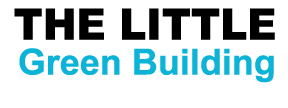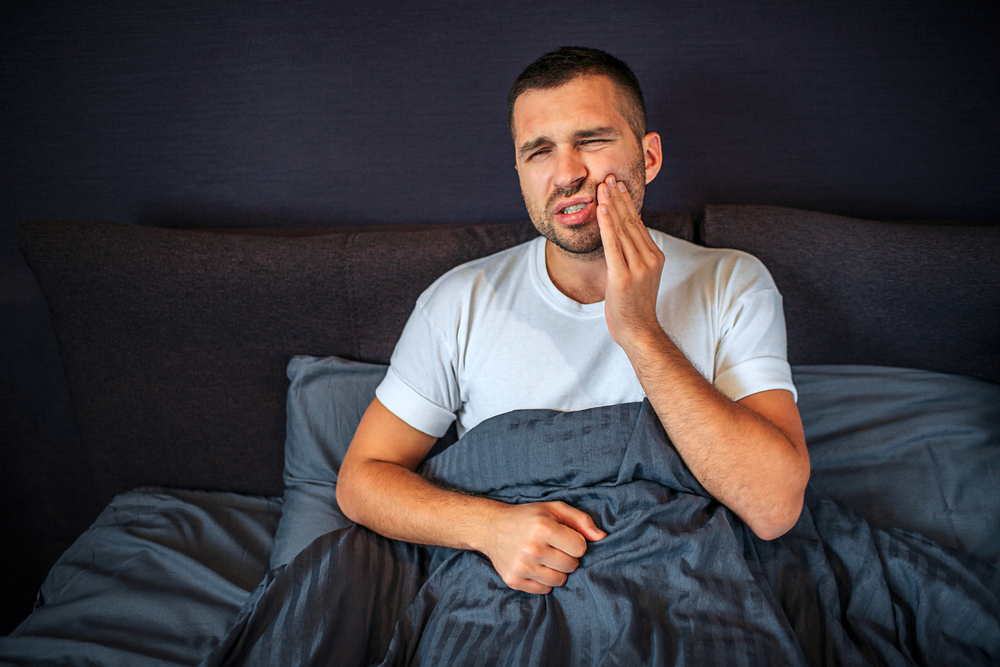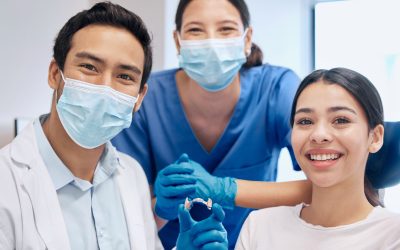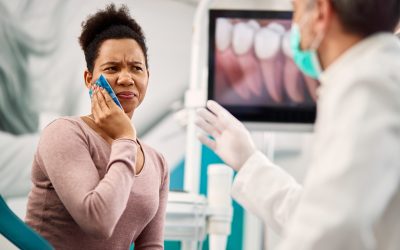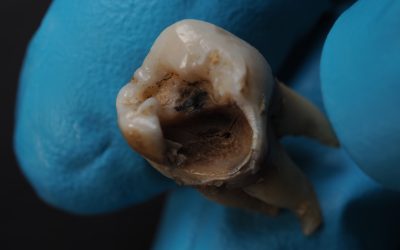Bruxism is a movement disorder. The involuntary, unconscious clenching, grinding, and gnashing of teeth utilizing the jaw muscles is known as teeth grinding or bruxism. Bruxism can directly cause unpleasant outcomes like headaches or aching jaw muscles.
It can cause teeth to become loose, excruciating tooth pain, and even the grinding down and chipping away of bits of teeth. There are two types of bruxism: Awake or diurnal bruxism, and sleep or nocturnal bruxism.
Awake bruxism is a semi-voluntary clenching action that occurs during the day. Sleep bruxism occurs when an individual sleeps, whether at night or during the day. In the adult population, the prevalence rates for AB and SB are roughly 20% and 8 to 16%. In children, the prevalence of bruxism ranges from 14 to 20%.
What causes bruxism?
Causes of bruxism are categorized into primary and secondary. While secondary causes of bruxism are linked to neurological problems or are thought to be a side effect of medications, the primary causes are unrelated to any other medical conditions. There is no exact known cause of bruxism, although it is often linked to:
Stress
Whether it happens while a person is awake or asleep, stress is a major factor. According to research, stress has been proven to be significantly correlated to bruxism.
Medication
Some antidepressants and antipsychotics, as well as some other medications, might cause bruxism as a side effect. A 2018 study discovered a connection between bruxism and selective serotonin reuptake inhibitors (SSRIs).
Neurological disorders
Movements during sleep can be caused by disorders like Parkinson’s disease and Huntington’s disease, which can lead to bruxism.
Sleep apnea
Sleep apnea is an ailment that impairs breathing during sleep. It may result in frequent awakenings and a decrease in sleep quality. Sleep apnea can cause grinding or clenching of the teeth by interfering with sleep.
What are the symptoms of bruxism?
Signs and symptoms of bruxism include:
- Hypersensitive teeth
- Tooth fractures
- Headache, jaw joint, and ear pain
- Loose teeth
- Tooth indentations on the tongue
- Tenderness and stiffness in jaw muscles
- Strain on the jaw joint, also called temporomandibular joint (TMJ)
- Flattened or short teeth
- Gum inflammation or bleeding
Diagnosis of bruxism
During routine dental checkups, your dentist will look for signs of bruxism, such as flattened tooth tips. If the initial bruxism symptoms are identified, the dentist may wait a while to determine whether the symptoms are progressing throughout the following visits before beginning treatment.
The dentist may examine you for jaw muscle soreness, worn or damaged teeth, inside cheek injury, and/or severe problems (such as TMJ). The dentist or healthcare provider may use X-rays to assess the underlying bone tissue’s damage.
Bruxism treatment options
– Behavior change
Once you become aware of your bruxism, you may be able to alter the condition by exercising the right jaw and mouth position. The dentist will demonstrate the ideal way individuals should position their jaw and mouth. Individuals suffering from bruxism will learn to rest their lips, tongues, and teeth to alleviate the pain.
– Splints and mouth guards
These are used to keep teeth apart to prevent damage from clenching and grinding. They can be made of soft materials or hard acrylic, and individuals can wear them over their upper or lower teeth. A dentist may fit people with a mouthguard that they can wear at night or day to absorb the impact of biting.
– Biofeedback
Biofeedback is a technique that employs an electronic device that detects the amount of jaw and mouth muscle activity. It then alerts you when your muscles are working too hard so you can take action to modify your habit. Individuals who have tried the behavior change treatment method without success may benefit from the biofeedback treatment.
– Medications
More research is required to assess the effectiveness of medications as a general bruxism treatment method. Muscle relaxants, Botox injections, and drugs for stress or anxiety are a few examples of drugs that may be used to treat bruxism.
Your doctor can advise using antidepressants or anti-anxiety drugs for a brief period to help you cope with stress or other emotional problems that could be the root of your bruxism. They will prescribe an option that may work best for you, depending on how severe it is.
– Dental adjustment
In extreme cases, your dentist may need to alter the chewing surfaces of your teeth or use crowns to repair the damage. This treatment method is often used when tooth wear has led to sensitivity or the inability to chew effectively.
Consult a dentist for help today
Bruxism causes a severe level of pain and discomfort in the teeth. Most individuals who experience this dental condition are unable to carry out daily activities efficiently. No person actually wants to live with pain and no one should be forced to endure it. Although changing your lifestyle to reduce the levels of stress in your life is a key part of the process, let us help you start your recovery. The pain is guaranteed to go away so you can go back to enjoying your life. Call us at (647) 953-4945, or click here to book your dentist appointment online. You can unclench your jaw now, we’ll take it from here.
